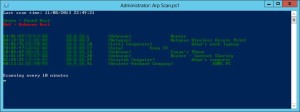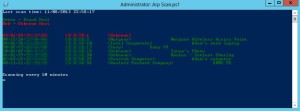I recently did an Exchange 2003 to Exchange 2010 migration and one of the Mac users reported a problem when trying to send large (~20MB) emails. Even though I had removed all transport settings, mailbox settings, organisation settings which might be interfering, after further digging I found the Mac version of Outlook connects via EWS (Exchange Web Services) and this has a separate email limit. There are many other references of this on the web with various commands and files to edit which people claim solve the problem. There appears some confusion over the value of the numbers to enter in the web.config – in some versions of Exchange they are in bytes, in others they are in kilobytes. Here is my fix:
Symptoms
Error seen on user’s computer:
Could not synchronize record: xxxxx to Exchange server: server
With the Error Code: -18493

